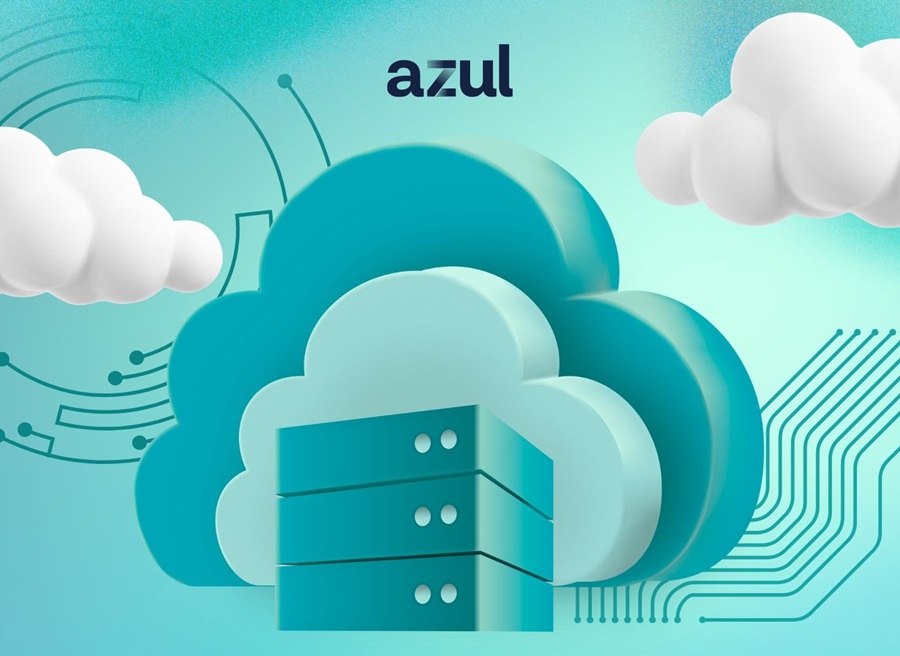Pepperdata expanded the capabilities of Query Spotlight, a recent product in its big data performance suite, to support Apache Impala—one of the leading players in interactive SQL query engines.
Query Spotlight makes it easier for operators and developers to understand the detailed performance characteristics of their query workloads together with related infrastructure-wide issues. The product allows query workloads to be tuned, debugged and optimized for better performance and reduced costs in the cloud and on premises. Query Spotlight for Impala displays detailed stats, query plan, breakup of the query duration by every step and also provides visibility into databases and tables. The recommendation engine includes system level recommendations as well as query level recommendations—joins included.
Query Spotlight is deployed and trusted by Fortune 500 companies. Enterprise customers report that queries are a significant portion of their analytics workloads, and the performance of these workloads is critical. Query Spotlight lets IT and applications teams easily identify the most expensive queries and quickly optimize their performance.
Query Spotlight provides a holistic view, enabling visibility between executing queries and the database tables they access. With added support for Impala queries, benefits include:
- Visibility into all your Hive and Impala queries in one place in a similar format
- Recommendations to improve the performance of your queries
- Comparison of query runs with chargeback reports
“Queries are a significant portion of our customer’s big data workloads, so we know the performance of these workloads is critical. IT and applications teams can now get visibility into their Hive and Impala queries in one place, compare the runs of their queries and take advantage of the recommendations Query Spotlight provides,” says Ash Munshi, CEO, Pepperdata. “We’re confident Query Spotlight can increase the performance of their Impala queries while helping them decrease overall costs.”
The product is available now. New query types are forthcoming.
The Latest
Overall outage frequency and the general level of reported severity continue to decline, according to the Outage Analysis 2025 from Uptime Institute. However, cyber security incidents are on the rise and often have severe, lasting impacts ...
In March, New Relic published the State of Observability for Media and Entertainment Report to share insights, data, and analysis into the adoption and business value of observability across the media and entertainment industry. Here are six key takeaways from the report ...
Regardless of their scale, business decisions often take time, effort, and a lot of back-and-forth discussion to reach any sort of actionable conclusion ... Any means of streamlining this process and getting from complex problems to optimal solutions more efficiently and reliably is key. How can organizations optimize their decision-making to save time and reduce excess effort from those involved? ...
As enterprises accelerate their cloud adoption strategies, CIOs are routinely exceeding their cloud budgets — a concern that's about to face additional pressure from an unexpected direction: uncertainty over semiconductor tariffs. The CIO Cloud Trends Survey & Report from Azul reveals the extent continued cloud investment despite cost overruns, and how organizations are attempting to bring spending under control ...

According to Auvik's 2025 IT Trends Report, 60% of IT professionals feel at least moderately burned out on the job, with 43% stating that their workload is contributing to work stress. At the same time, many IT professionals are naming AI and machine learning as key areas they'd most like to upskill ...
Businesses that face downtime or outages risk financial and reputational damage, as well as reducing partner, shareholder, and customer trust. One of the major challenges that enterprises face is implementing a robust business continuity plan. What's the solution? The answer may lie in disaster recovery tactics such as truly immutable storage and regular disaster recovery testing ...
IT spending is expected to jump nearly 10% in 2025, and organizations are now facing pressure to manage costs without slowing down critical functions like observability. To meet the challenge, leaders are turning to smarter, more cost effective business strategies. Enter stage right: OpenTelemetry, the missing piece of the puzzle that is no longer just an option but rather a strategic advantage ...
Amidst the threat of cyberhacks and data breaches, companies install several security measures to keep their business safely afloat. These measures aim to protect businesses, employees, and crucial data. Yet, employees perceive them as burdensome. Frustrated with complex logins, slow access, and constant security checks, workers decide to completely bypass all security set-ups ...

In MEAN TIME TO INSIGHT Episode 13, Shamus McGillicuddy, VP of Research, Network Infrastructure and Operations, at EMA discusses hybrid multi-cloud networking strategy ...
In high-traffic environments, the sheer volume and unpredictable nature of network incidents can quickly overwhelm even the most skilled teams, hindering their ability to react swiftly and effectively, potentially impacting service availability and overall business performance. This is where closed-loop remediation comes into the picture: an IT management concept designed to address the escalating complexity of modern networks ...
